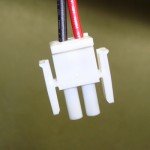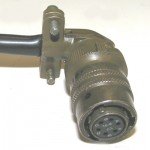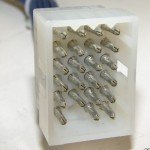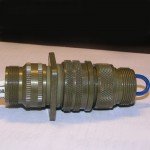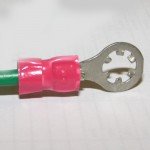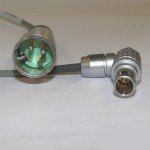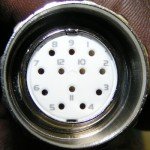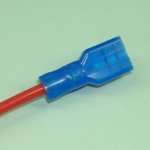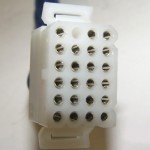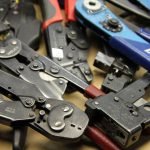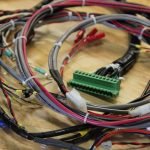Without connectors, wire and cable are a lot like inanimate, kinetic objects—the potential for something greater is there, but that potential has not been realized. Attaching a connector allows the circuit to be completed, thus supporting the conductivity of electricity.
Connector types vary by purpose
- Crimp pins, sockets, or terminals can be crimped onto single strands of wire and can be attached to single wire strands within a cable. Crimp pins and sockets can then be inserted into a connector housing to organize the wires into a compact unit for ease of connection, repeatability in assembly, and ease of testing.
- Connectors provide a strong method to secure wires together. Wires can be soldered together. However crimping pins or sockets onto wires which can then be latched together, provides much stronger connectivity and durability than a solder joint. Many terminals come with a double-crimping feature which crimps a portion of the pin or socket onto the wire itself for conductivity and to secure the terminal in place and another portion onto the wire insulation to provide even stronger strain relief. Rapport uses this type almost exclusively unless requested otherwise by the customer.
- Connectors can also vary in complexity from a simple terminal lug or quick disconnect to multi-pin housings with gaskets and seals for water-proofing as well as latches for locking connections together.
We can source just about any connection approach for which you might have a need. Contact us to discuss how we can help you with your custom cable assembly needs.

